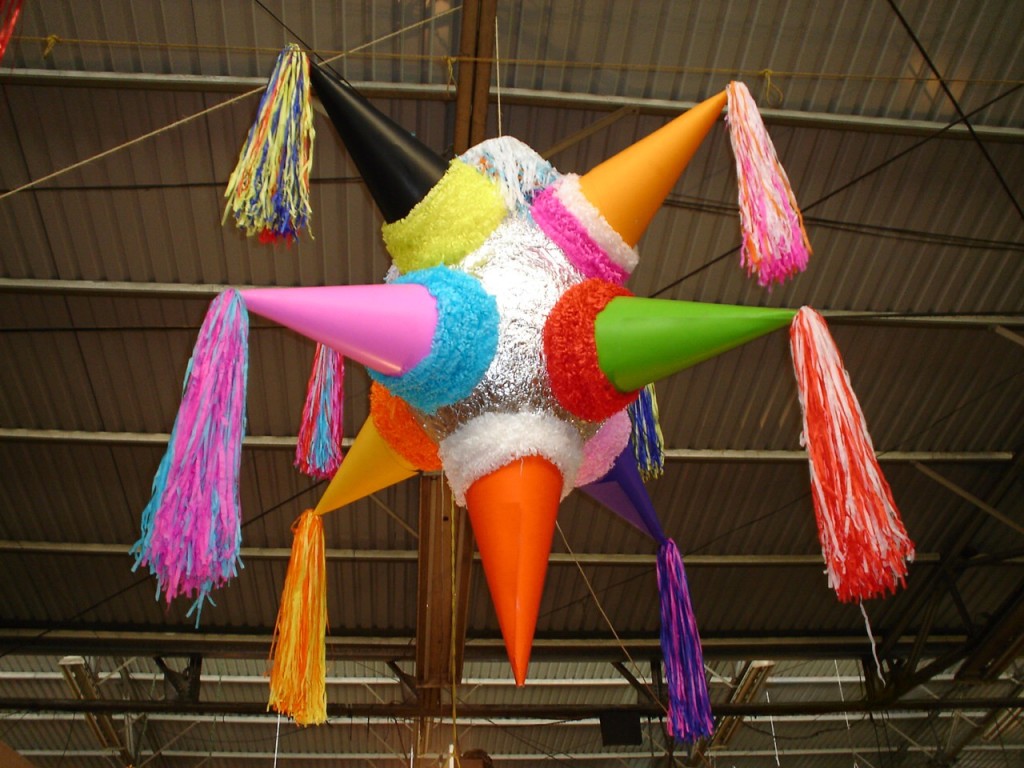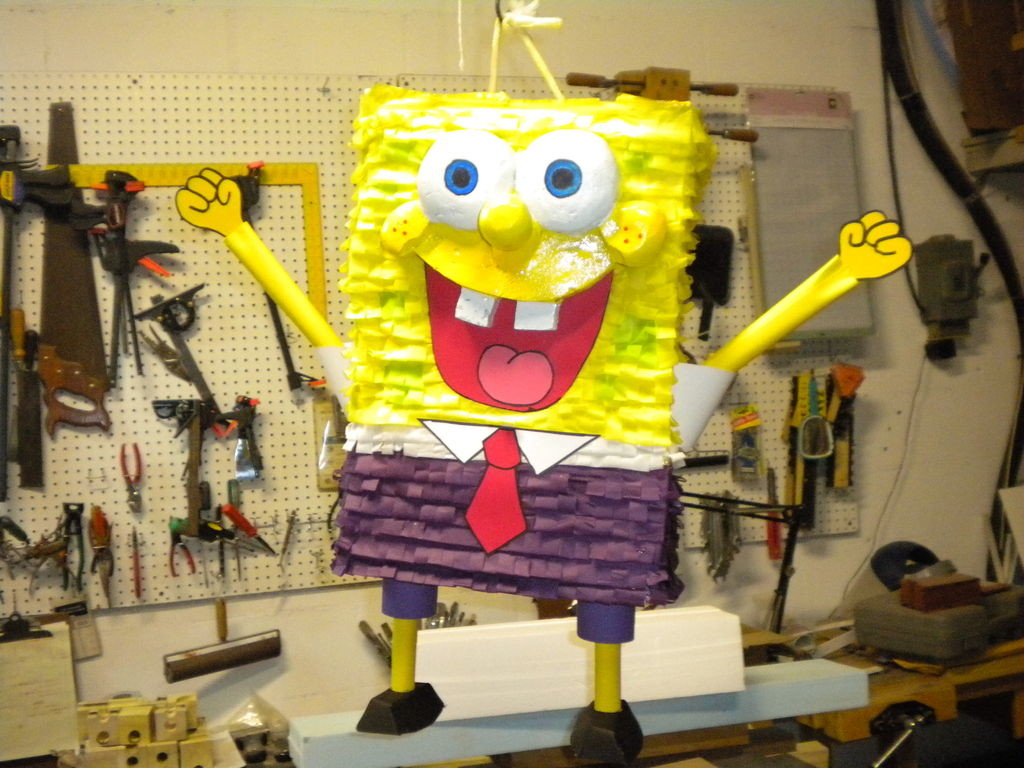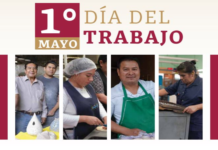By Laura Kelly
The Mexican Tradition of the “Piñata”
During the holiday season, the streets and homes of Mexico are decorated with colorful “piñatas” filled with candy treats for the children. Children are blindfolded and carry a stick to hit the “piñatas” to release its candy. Today, we see “piñatas” of Spiderman, Santa Claus, and many toy figures. But, let’s remember what this custom was traditionally about.
The “Piñata” is a Blend of Catholic and Aztec Traditions
The traditional Mexican “Piñata” derives from a blend of Catholic tradition super-imposed over the Aztec offering to the god of war Huitzilopochtli. In its missionary version, useful for catechism teachings, this “Pinata” has a special form which represents the seven cardinal sins (google them if you don’t still have them memorized like some of us who may have attended Catholic schools). Emerging from an inner sphere there are seven points. This form is decorated with paper mache and streamers and filled with a cache of wonderful goodies.
Traditionally, the piñata represented the seven cardinal sins. Breaking it symbolized humans receiving the gift of spiritual enlightenment.
The child is blindfolded to represent our blindness as we live without spiritual enlightenment. Though blind, if we valiantly battle these sins until effectively smashing through them (the hold they have on our behavior) we can become liberated. That’s when the real goodies rain upon us!
In those olden days, an event that would have a “piñata” for the children, would be accompanied by a background of pervasive teachings about all these things so that even the most ardent candy seeking, valiant warrior child swinging a bat blindfolded, high on adrenaline, pumped up by the cheering crowd, would also deep down somehow be thinking about the importance of overcoming those sins (greed, wrath, …what were the other ones?). The explosion of candy would have come with the open-hearted joy of sharing with the smaller children . . . well, a bit anyway.
And Spiderman, Snow White, Buzz from Toy Story, and Santa – had they existed yet – would be safe and sound, held in the bosom of a more innocent childhood.












